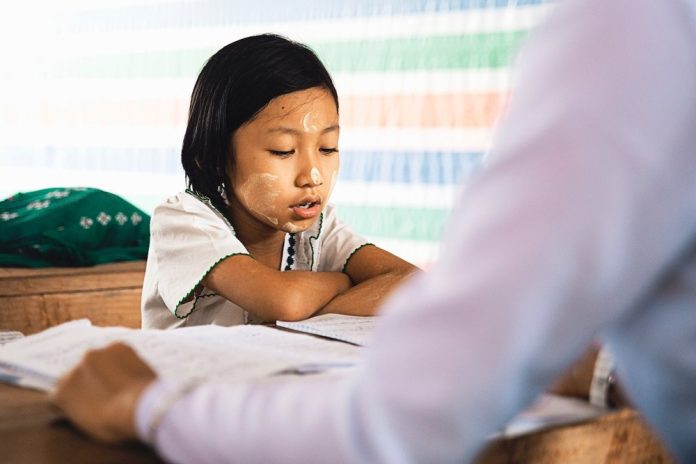As a result of a magnitude 6.4 earthquake that hit Puerto Rico on Jan. 7 (usgs.gov), 61% of the island’s 856 public schools remain shuttered even a month later. This situation has led to an increase in home-schooling in the area (thealpenanews.com). Puerto Rican families who never would have otherwise considered home-schooling now have no place to send their children and are thrust into alternative education options.
Chinese families are also forced to reconsider their schooling methods as authorities are calling on people to stay at home to help reduce the spread of the coronavirus. Fatalities are on the rise, with over 2,000 deaths nationwide and over 80,000 confirmed cases reported. China’s Ministry of Education has recently asked schools to use internet platforms as an option for teaching students (techinasia.com). Some schools are providing education for their students at home, but what about the infected students who are unable to leave their homes in areas where this option is unavailable?
Throughout the U.S., families who envisioned their children thriving in public school, from the day they first sent them on the bus until their senior prom, are also beginning to rethink their options. The School Crime Supplement (SCS) to the National Crime Victimization Survey reports that in 2013, about 22% of students surveyed, ages 12-18, reported being bullied at school (NCES.org). Parents who have sent their children to public school for years are now pulling their bullied children out, in their high school years, to home educate.
SOURCE: Charisma News, Paul and Gena Suarez
All Content & Images are provided by the acknowledged source
